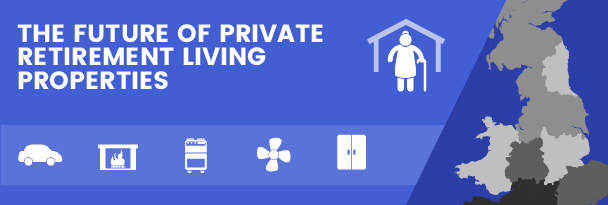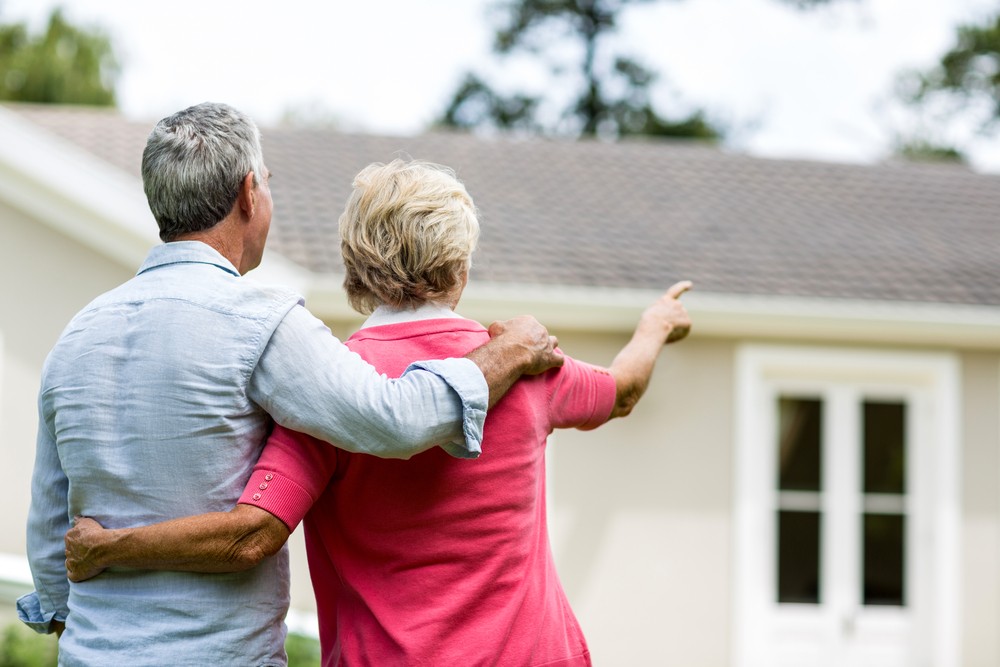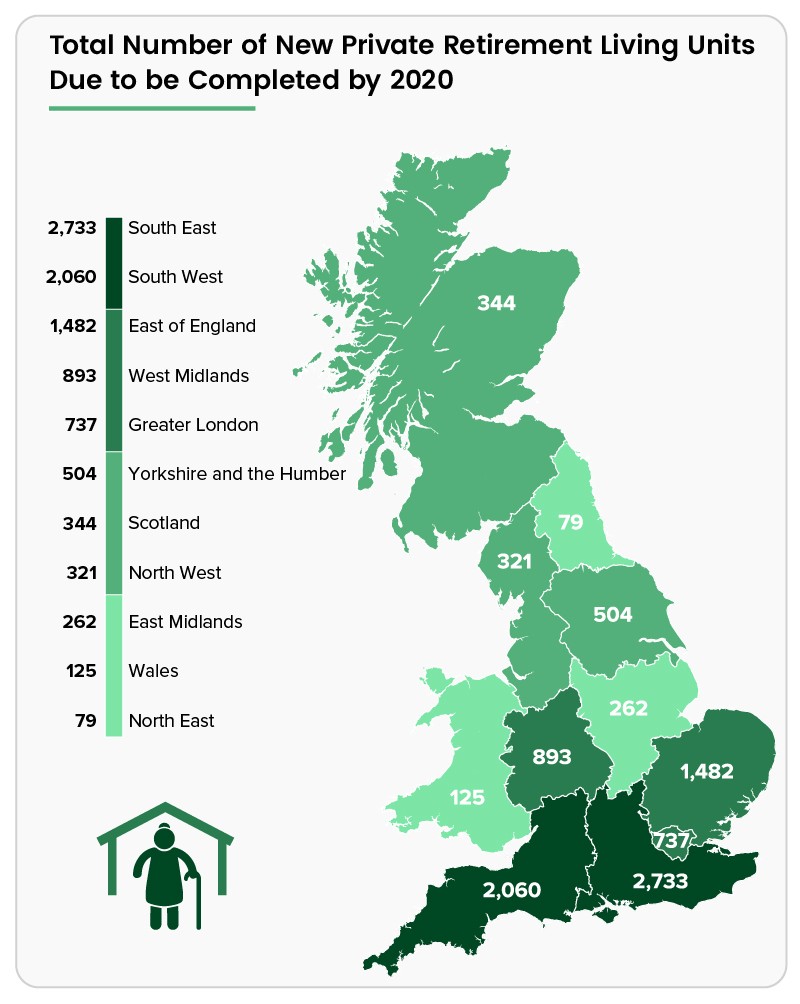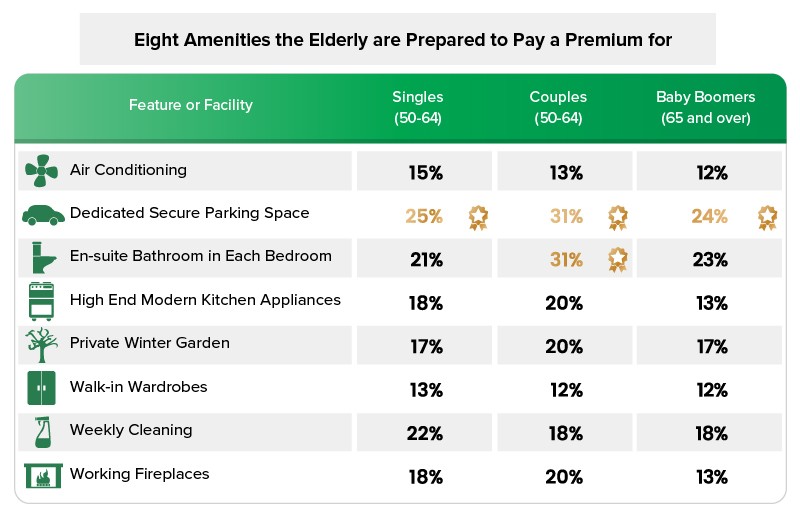The Future Of Private Retirement Living Properties
Jul 31 2018
Darren Best

With the elderly expected to live longer, many will contemplate their medium to long-term living situation. A primary option would be to stay put in the property they have called ‘home’ for decades. However, this may not always prove to be a sensible idea, as old age or a mental/physical health issue could limit them from effectively managing their property. Subsequently, a more suitable avenue to explore could be a specialist retirement living home.
Specialist retirement housing ranges from a self-contained flat, bungalow or house – each purpose built with older people in mind.

Image Credit: Wavebreakmedia/Shutterstock
Our Research on Retirement Living Units
Interested in retirement living, Savoy Stewart, analysed findings from Knight Frank to discover the total number of new private retirement living units which are due to be completed by 2020.
Moreover, the commercial property agents also sought to find out the features and facilities the older generations would be most willing to pay a premium for when considering a retirement property.
The Findings
Savoy Stewart found that by 2020, the South East will benefit from the highest number of new private retirement living units at 2,733.
At the other end of the scale, the North East will see the lowest amount of new private retirement living units, with only 79 expected to be completed by 2020. Wales will have the second least number of new private retirement units, with just 125 set to be finished within the next two years.

Savoy Stewart interestingly discovered that a ‘dedicated secure parking space’ is the feature/facility singles (25%) and couples aged 50-64 (31%) as well as those 65 and over (24%) would be most willing to pay a premium for when seeking a retirement living property. Though it should be noted, couples aged 50-64 (31%) would equally opt for a ‘en-suite bathroom in each bedroom’ when deciding upon a retirement living property.
Contrastingly, ‘walk-in wardrobes’ is the feature/facility singles (13%) and couples (12%) aged 50-64 as well as those 65 and over (12%) would be least prepared to pay a premium for. Those 65 and over (12%) are likewise not too eager to splash out an additional sum on air conditioning and similarly, it failed to garner much interest from singles (15%) and couples (13%) aged 50-64.

Most and Fewest Retirement Living Units
According to the 2017 ‘right-size report’, Birmingham has the highest number of retirement housing units for rental at 10,609. On the other hand, Carlisle has the lowest amount of rental retirement housing units at 380.
Furthermore, Birmingham also has the highest number of retirement housing units for ownership at 3,968. Opposingly, located in the North West, Copeland has the fewest retirement housing units for ownership at 39.
Per the same report, Milton Keynes is the local authority, which is most in need of fresh retirement housing units by 2039, with an anticipated 2,768 required.